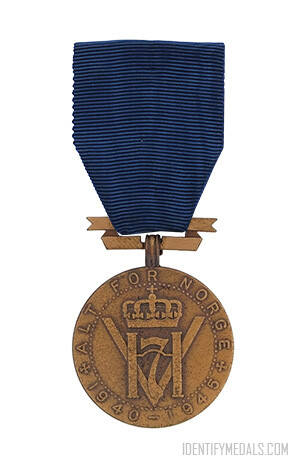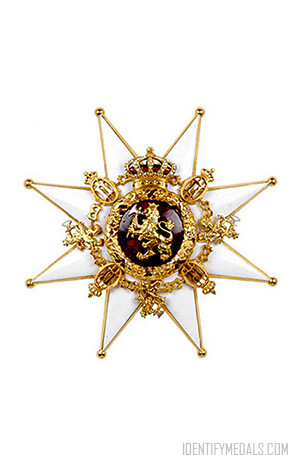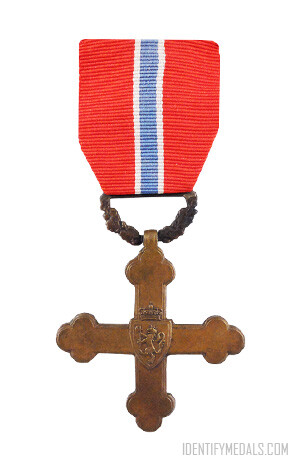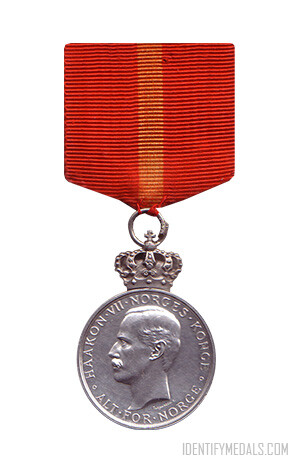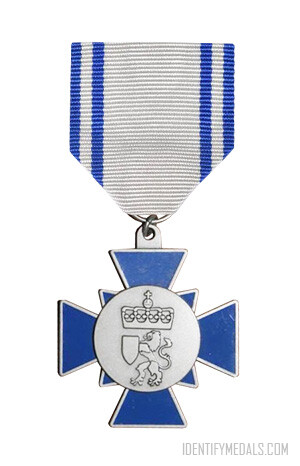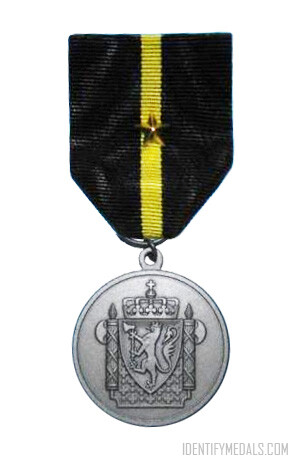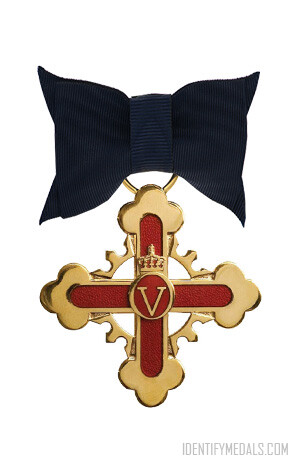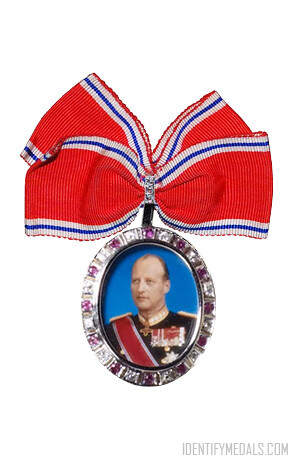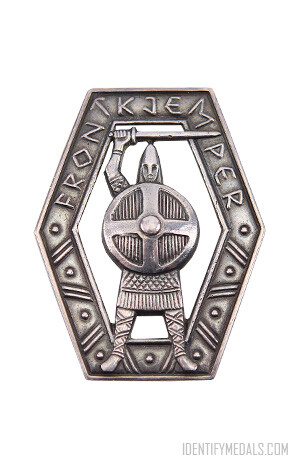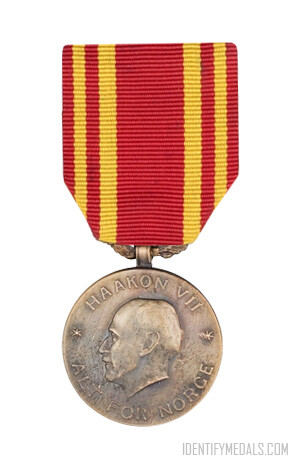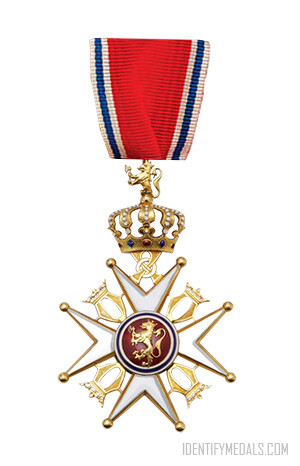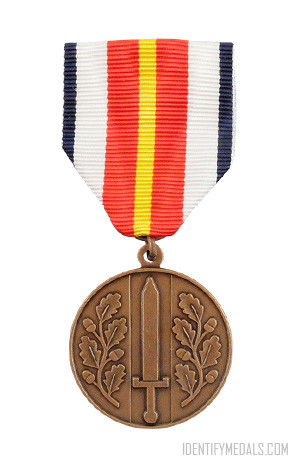- Time Period: World War II
- Institution: 18 May 1945
- Country: Norway
Established on May 18, 1945, King Haakon VII’s Medal of Liberty (or Haakon VIIs Frihetsmedalje in Norwegian) is a prestigious Norwegian award given to both Norwegian and foreign military and civilian personnel for their significant contributions to Norway during World War II.
This recognition extends to services rendered that did not necessarily involve direct combat with the enemy.
The King Haakon VII Freedom Medal Design
The medal is made of bronze and is circular in shape. It is suspended from the ribbon by a stylized bronze element folded at both ends.
On the obverse side, the medal features the monogram of King Haakon VII positioned over a letter V, symbolizing victory. This central design is encircled by a ring of beads, outside of which the inscription “ALT FOR NORGE 1940-1945” (ALL FOR NORWAY 1940-1945) is written.
The reverse side is plain except for a wreath of oak leaves, tied with a ribbon at the base, symbolizing strength and endurance.
The ribbon is a simple dark blue. When only the ribbon is worn, it is adorned with the King’s monogram in bronze, adding a distinguished touch to the decoration.

